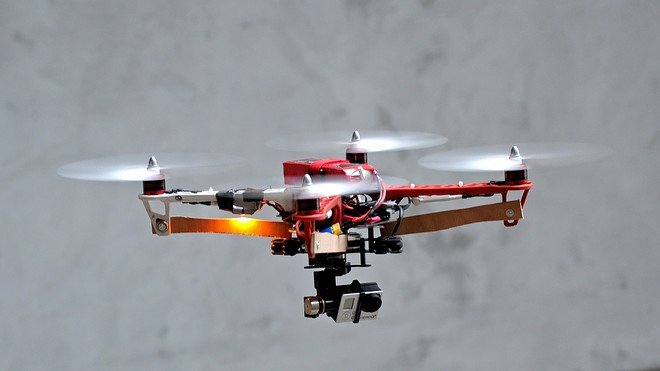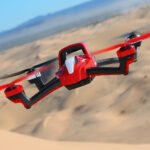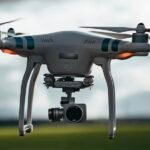Introduction
Brief History of Drones
Drones, or unmanned aerial vehicles (UAVs), have come a long way since their inception. Originally developed for military purposes, these flying machines were deployed for reconnaissance and surveillance in conflicts. It wasn’t until the late 20th century that drone technology began its transformation into a tool accessible to consumers and various industries. The first commercial drones appeared around the early 2000s, primarily for aerial photography and surveying. Their growing popularity led to advancements in technology, including GPS navigation, high-resolution cameras, and improved battery life, allowing enthusiasts and professionals alike to capture breathtaking aerial imagery. Fast forward to today, and drones are an integral part of many sectors, from film production to agriculture. You might be surprised to learn that the concept of drones can be traced back to the 1860s when the Austrians experimented with unmanned balloons! Clearly, our fascination with flight and aerial surveillance has deep roots.
Evolution of GoPro Technology
Now, let’s pivot to GoPro—a brand synonymous with action-packed visuals. When GoPro launched its first camera in 2004, it revolutionized personal video recording. The tiny, rugged cameras allowed users to document their adventures from unique perspectives. By 2014, GoPro had entered the drone market with the release of the GoPro Karma. Although it had its challenges, such as recalls and fierce competition, the Karma drone showcased GoPro’s commitment to integrating high-quality imaging with aerial capabilities. Here’s a snapshot of GoPro’s evolution:
- 2004: Launch of the first GoPro camera, enabling outdoor enthusiasts to capture their activities.
- 2014: Release of the GoPro Karma, which allowed users to pair their GoPro with a drone for immersive aerial footage.
- 2016: Advanced stabilization technology was introduced, providing smooth shots even in turbulent conditions.
The synergy between GoPro cameras and drones continues to unlock new opportunities for content creators, filmmakers, and outdoor enthusiasts. Imagine capturing sweeping landscapes, rugged mountain ranges, or thrilling action shots from the sky! ✈️ As we delve deeper into the benefits of drones and the amazing features of GoPro technology, gear up for an exciting exploration into this dynamic landscape!

Benefits of Using Drones
Aerial Photography
When it comes to aerial photography, drones have completely transformed the game. Gone are the days of expensive helicopters and risky climbing for that perfect shot. Nowadays, you simply launch a drone and capture stunning images from angles previously unimaginable. Imagine standing atop a mountain, using a drone to capture a sweeping view of a valley below. The colors of the sunset could be accentuated by a bird’s-eye perspective. You don’t need to be a professional photographer to appreciate the benefits of drones in this field! Here are a few key advantages of using drones for aerial photography:
- Cost-Effective: Hiring a helicopter for aerial shots can cost thousands of dollars. A drone significantly reduces these expenses while providing high-quality images.
- Accessibility: Drones can fly in places that are hard to reach. Dense forests, steep cliffs, or swamplands become easily accessible for photography.
- Unique Perspectives: Capture stunning photos from angles that are impossible to achieve on foot or from a vehicle.
h3>Surveillance and Security Beyond aesthetics, drones play a critical role in surveillance and security applications. Businesses, law enforcement, and even event organizers are increasingly deploying drones for safety and monitoring purposes. Consider a recent personal experience: while attending a large outdoor festival, I noticed several drone operators hovering above the event. The drones provided real-time feeds to security personnel, enhancing the ability to manage crowds and respond quickly in case of emergencies. Here are some benefits of using drones for surveillance and security:
- Wider Coverage: Drones can cover large areas quickly, providing real-time feedback to security teams.
- Cost-Efficiency: Traditional surveillance often requires extensive manpower; with drones, you can achieve the same results at a fraction of the cost.
- Data Collection: Drones equipped with cameras and sensors can collect valuable data for analysis in crime prevention and crowd monitoring.
As you can see, whether through capturing breathtaking photos or bolstering security measures, drones have become invaluable tools in various fields. 🚀 Their versatility and efficiency continue to open doors, leading us to delve into the exciting ways GoPro technology enhances drone capabilities!

GoPro Drones in Action
Features and Specifications
When it comes to GoPro drones, there’s no denying they pack quite the punch in terms of features and specifications. If you’re looking to elevate your aerial photography and videography, GoPro has engineered its drones to cater to both enthusiasts and professionals alike. For example, the GoPro Karma, although it faced a recall in its early days, showcased some impressive capabilities:
- Camera Compatibility: It supports various GoPro HERO cameras, allowing you to capture stunning 4K video.
- Stabilization: With built-in stabilization technology, camera shake is virtually eliminated, leading to smooth and professional-looking footage.
- User-Friendly Design: With its compact, foldable design, the Karma is easy to transport and set up—perfect for those spontaneous adventures.
- Smart Controls: The intuitive controller provides live video feeds and easy navigation, making flying as simple as point-and-shoot.
In my own experience using the Karma, I was amazed at how straightforward it was to set up and fly, even for someone new to drones. The live feed feature was particularly helpful when framing shots from above!
Applications in Various Industries
Now, let’s explore the diverse applications of GoPro drones across different industries. The potential benefits are boundless!
- Film and Entertainment: Filmmakers utilize GoPro drones to capture breathtaking aerial shots and enhance storytelling through unique perspectives. Think about those dramatic flying shots in nature documentaries or action films that keep viewers on the edge of their seats.
- Real Estate: Real estate agents are using drones to showcase properties from above. Aerial views can highlight land features, pools, and landscaping, providing a more comprehensive look at listings. It’s become a game-changer for selling homes!
- Construction and Infrastructure: In construction, drones are routinely deployed for site inspections and monitoring progress. High-resolution images help project managers in ensuring safety compliance and streamlining operations.
- Emergency Services: First responders use drones for search and rescue operations, allowing them to survey vast areas quickly after natural disasters—saving lives in the process.
- Agriculture: Farmers are utilizing drones for crop monitoring, helping to assess plant health, scan for pest infestations, and optimize irrigation.
In every industry, GoPro drones not only enhance productivity but also provide innovative solutions to longstanding challenges. Their adaptability makes them valuable tools for professionals across the board! 🌟 As we explore how to enhance your drone footage next, let’s dive into some top editing tips and accessories to make your aerial content truly shine.
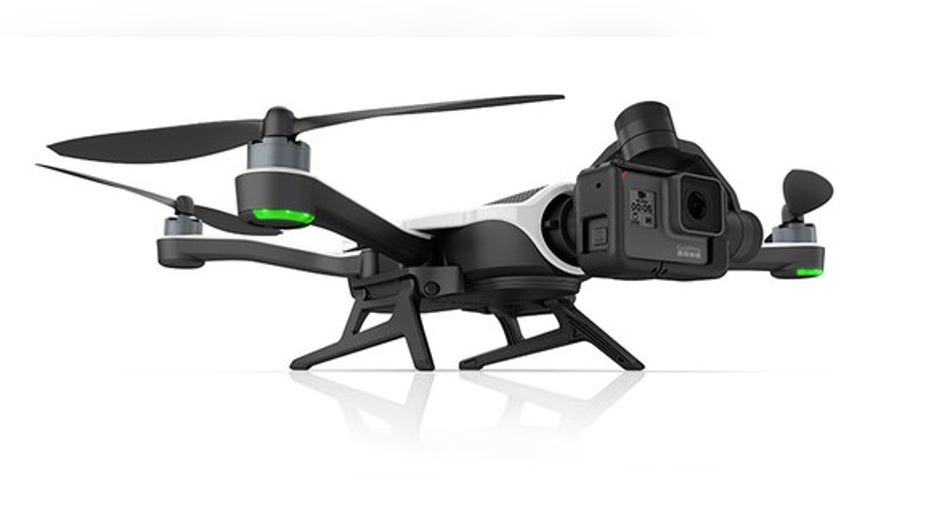
Enhancing Your Drone Footage
Editing and Post-Production Tips
Once you’ve captured stunning drone footage with your GoPro, the next exciting phase is editing. Post-production can elevate your visuals from “nice” to “wow!” Here are essential editing tips to enhance your drone videos:
- Start with a Good Organization: Before diving into editing, organize your footage. Create folders based on location, date, or specific shoots. This helps save time when you’re searching for clips.
- Use Quality Editing Software: Choose a user-friendly yet robust editing platform like Adobe Premiere Pro or DaVinci Resolve. These tools offer advanced features like color grading and audio mixing, which can dramatically enhance your final product.
- Stabilize Your Shots: Even with GoPro’s impressive stabilization, some shaky footage may occur. Use built-in stabilization features within your editing software to smooth out any unsteady shots.
- Add Music and Sound Effects: A well-chosen soundtrack can set the mood for your video. Use royalty-free music to avoid copyright issues and ensure a seamless flow between scenes.
- Color Grading: Adjusting colors can give your footage a professional polish. Play with brightness, contrast, and saturation to bring out the vibrant hues of landscapes or sunsets.
When I edited my last drone video of a hiking trip, I focused on color grading to enhance the emerald greens of the forest—it made all the difference!
Using GoPro Accessories
Complementing your drone with the right accessories can further enhance your footage. GoPro has an array of accessories tailored for aerial shooting, ensuring that you make the most of your camera’s capabilities:
- ND Filters: Neutral density filters reduce glare and allow for longer exposure times, helping to create beautiful motion blur in video and stabilize bright shots.
- Extra Batteries: Nothing derails your filming faster than a dead battery. Keep several spare batteries handy, especially during long adventures. You wouldn’t want to miss capturing that breathtaking sunset!
- Mounts and Gimbals: Invest in a gimbal or mounting equipment to ensure steady shots. A gimbal can enhance stabilization beyond your drone’s built-in features, making your footage smoother.
- Carrying Cases: Protect your gear with durable cases designed for drones and GoPro cameras. This not only safeguards your equipment but also makes transportation a breeze.
By combining effective editing techniques with the right accessories, you’re well on your way to creating engaging and captivating drone videos that showcase your unique perspective! 🛩️ Next, let’s discuss important safety regulations to keep in mind while flying your drone.

Safety Regulations for Drone Users
FAA Guidelines
As a drone operator, it’s crucial to stay informed about safety regulations to ensure not only your safety but that of others as well. In the United States, the Federal Aviation Administration (FAA) has established guidelines that every drone user must follow. Here are some key FAA regulations that you should keep in mind:
- Registration: If your drone weighs more than 0.55 pounds, it must be registered with the FAA. The registration process is simple and can be done online, playing a significant role in identifying drone owners.
- Flight Restrictions: You cannot fly in restricted areas, such as near airports or military bases. Always check the airspace you’re in; use apps like AirMap to view no-fly zones.
- Altitude Limits: Drones cannot fly higher than 400 feet above ground level. This helps keep you clear of manned aircraft, maintaining a safe flying environment.
- Visual line-of-sight: Always keep the drone within your visual line of sight. This is vital for maintaining control and avoiding obstacles or people on the ground.
- Daylight Operations: Flying is only permitted during daylight or civil twilight, and you must also ensure that your drone is equipped with anti-collision lights if you’re flying at night.
Last summer, while flying my drone at a local park, I made sure to check the FAA guidelines beforehand. Knowing these regulations helped me enjoy my experience without any worries about potential violations.
Best Practices for Safe Flying
Adhering to FAA guidelines is just the beginning. Incorporating best practices into your flying routine is essential for ensuring a safe and enjoyable experience. Here are some tips to consider:
- Pre-Flight Checks: Before you take off, make sure your drone is in good condition. Inspect the batteries, propellers, and camera to ensure everything is functioning properly.
- Stay Weather Aware: Weather can change quickly. Avoid flying in high winds, rain, or snow. I once lost control of my drone due to an unexpected gust, which was a nerve-wracking experience!
- Respect Privacy: Avoid flying over private property without permission. Respect the privacy of others, as not everyone appreciates having a drone hovering overhead.
- Fly Calmly: Keep calm during your flight. Sudden movements can lead to crashes. Smooth, gradual controls provide a steadier flight experience.
By adhering to FAA guidelines and incorporating these best practices into your routine, you contribute to a safer environment for everyone involved in flight. 🌤️ Now that we’ve covered safety, let’s take a look at some of the top GoPro drones available in the market.

Top GoPro Drones in the Market
Comparison of Models
When it comes to GoPro drones, there are a few standout models to consider, each catering to different flying needs and preferences. Let’s dive into a comparison of some of the most popular options:
- GoPro Karma:
- Camera Compatibility: Supports HERO5, HERO6, HERO7, and HERO8.
- Max Flight Time: Approximately 20 minutes.
- Range: Up to 1 mile.
- Notable Features: Foldable design, built-in stabilization, and a user-friendly controller.
- DJI Mavic Mini:
- Camera Compatibility: Integrated 12MP camera, not GoPro compatible.
- Max Flight Time: Up to 30 minutes.
- Range: 4 km (2.5 miles).
- Notable Features: Lightweight design (under 250g), 2.7K video capability, and excellent portability.
- DJI Air 2S:
- Camera Compatibility: Integrated 20MP camera, not GoPro compatible.
- Max Flight Time: Up to 31 minutes.
- Range: 12 km (7.5 miles).
- Notable Features: 1-inch image sensor, advanced obstacle avoidance, and HDR video capabilities.
Comparing these models highlights the unique features and specifications of each drone, allowing you to choose the one that best aligns with your photography goals and flying style.
Pros and Cons
When selecting a drone, it’s crucial to weigh the pros and cons of each model. Here’s a quick breakdown: GoPro Karma:
- Pros:
- Excellent stabilization for smooth footage.
- Easy to transport due to its foldable design.
- Compatibility with various GoPro cameras.
- Cons:
- Relatively short flight time (20 minutes).
- Faced initial quality issues in its launch phase, though many improvements have been made.
DJI Mavic Mini:
- Pros:
- Extremely portable and lightweight.
- Impressive flight time of up to 30 minutes.
- Great for beginners due to its simplicity.
- Cons:
- Limited camera options as it doesn’t support GoPro cameras.
- Lacks advanced features like obstacle avoidance.
DJI Air 2S:
- Pros:
- Top-notch camera performance with a 1-inch sensor, offering stunning 20MP photos.
- Exceptional range and flight time.
- Advanced flight features and obstacle avoidance.
- Cons:
- Higher price point compared to other models.
- Can be slightly bulkier than other portable options.
In my experience, the decision often boils down to how you plan to use the drone. Each model has strengths that can greatly enhance your aerial filming experience! 🛫 Next, let’s explore how to capture stunning footage using your GoPro, including tips for cinematic shots and settings.

Capturing Stunning Footage with GoPro
Tips for Cinematic Shots
Capturing stunning footage with your GoPro requires a blend of technique, creativity, and the right settings. Whether you’re soaring above landscapes or filming action sports, there are several tips to help you achieve those cinematic shots that leave your audience in awe.
- Use the Rule of Thirds: Break your frame into a grid of nine squares. Place your subject along the grid lines or at the intersections. This technique adds balance and visual appeal to your shots.
- Vary Your Angles: Experiment with different heights and perspectives. Get low to the ground for an up-close view or shoot directly above your subject for a dramatic effect. I once filmed a mountain biking adventure from below the trail, which created an exhilarating sense of speed!
- Slow Motion: Consider capturing footage at a higher frame rate (like 60fps) to create stunning slow-motion clips in post-production. This works exceptionally well for dynamic activities, such as surfing or extreme sports.
- Establish a Narrative: Tell a story through your footage. Use establishing shots to set the scene, followed by action and close-ups to create a compelling narrative flow.
- Use Smooth Movements: When flying your drone, avoid jerky movements. Instead, practice smooth, gradual panning or tilting, which will enhance the cinematic quality of your film.
Settings and Modes
Understanding the settings and modes available on your GoPro can significantly impact the quality of your footage. Here are a few configurations to keep in mind:
- Resolution and Frame Rate: For the best quality, shoot in 4K resolution. Depending on your footage, you might want to choose between 30fps for a standard look or 60fps for more fluid motion.
- Field of View (FOV): GoPro offers various FOV options (Wide, SuperView, Linear). Wider fields capture more of the surroundings but can create distortion; Linear mode reduces this distortion for a more natural perspective.
- ProTune: If you want more control over your footage, use the ProTune setting. This allows you to adjust parameters like ISO, white balance, and color profile. For instance, setting your ISO to a lower value results in cleaner, noise-free footage.
- Stabilization: Always enable HyperSmooth for maximum stabilization during flight. This feature helps to smooth out any bumps or jitters, creating a professional-looking shot.
Whether you’re capturing breathtaking landscapes or documenting thrilling adventures, mastering these tips and settings will take your GoPro footage to the next level! 🎥 The next section will delve into real-world examples of drone applications in various fields, showcasing the practicality and innovation of this technology.
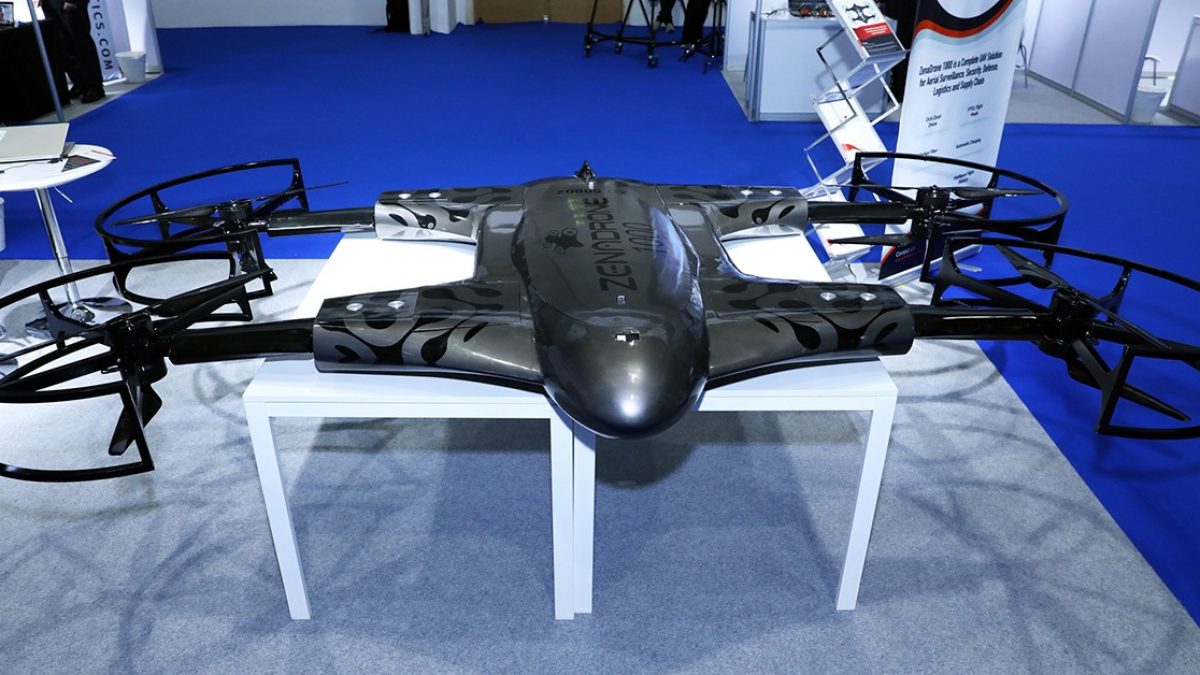
Real-World Examples of Drone Applications
Search and Rescue Operations
Drones have become invaluable tools in search and rescue operations, significantly improving response times and effectiveness during emergencies. Their ability to cover vast areas quickly and access hard-to-reach locations has transformed how rescuers operate. For example, consider a recent incident involving a missing hiker in a remote area. Traditional search efforts could take days, but when a drone equipped with thermal imaging technology was deployed, it scanned the rugged terrain from above, quickly identifying heat signatures. Thanks to the drone, the rescue team located the hiker within hours, ultimately saving their life. Here’s why drones are becoming essential in search and rescue:
- Rapid Deployment: Drones can be dispatched quickly to a location, providing immediate aerial assessment.
- Wide Coverage Area: They can cover large expanses in a short time frame, which is crucial when searching for missing persons or assessing disaster scenes.
- Real-Time Data: Drones provide live feeds to ground teams, allowing them to make informed decisions quickly.
I had the chance to witness a demo by a local search and rescue team, and seeing the instantaneous feedback from the drone to the rescue operators was nothing short of impressive!
Agriculture and Farming
Drones have also found a significant place in agriculture, enabling farmers to optimize crop management while minimizing costs and environmental impact. They allow for precise monitoring of fields and provide critical data for decision-making. Here’s how drones are transforming the agriculture sector:
- Crop Monitoring: Drones equipped with multispectral cameras can capture data about plant health, detecting issues like nutrient deficiencies or pest infestations early on. This aerial insight empowers farmers to take timely action.
- Precision Spraying: By using drones for aerial spraying, farmers can target specific areas needing pesticides or fertilizers, reducing waste and environmental impact.
- Irrigation Management: Drones can help analyze irrigation patterns, ensuring efficient water use and indicating areas that require additional attention.
During a recent agricultural summit, I spoke to a farmer who adopted drone technology. He shared how aerial imagery enabled him to save on water usage by identifying which areas of his fields were over-irrigated or underperforming. The return on investment was rapid, making a compelling case for the integration of drones in modern farming practices! These real-world applications showcase the transformative power of drones. As technology continues to advance, the potential uses in search and rescue and agriculture will only expand, making a significant impact across multiple sectors. Next, we’ll explore the exciting collaborations between GoPro and drone companies that are driving innovation in this field!
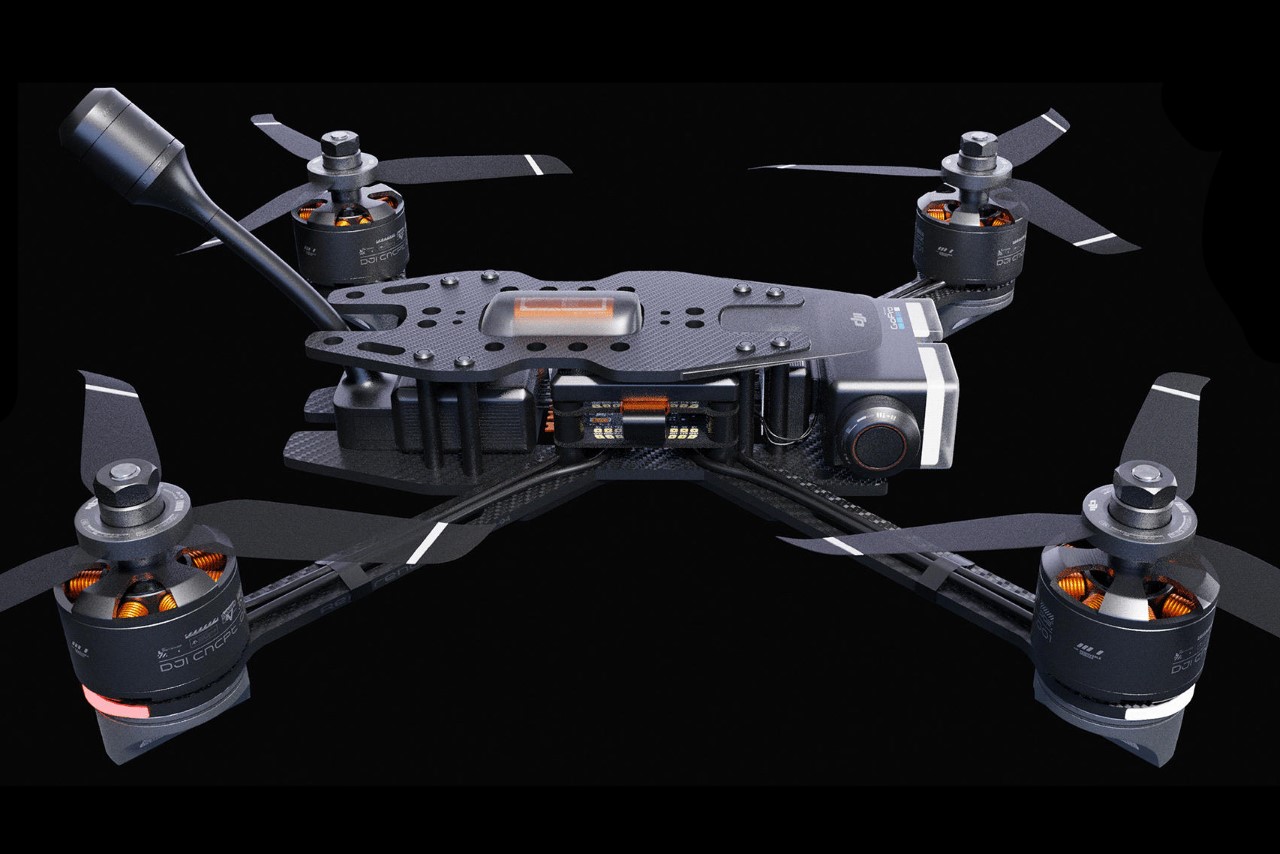
Collaborations between GoPro and Drone Companies
Partnership with DJI
The collaboration between GoPro and DJI is a significant highlight in the world of drones, illuminating the creative possibilities when two industry leaders pool their expertise. DJI is known for its advanced drone technology, while GoPro excels in high-quality video capture, making their partnership promising for content creators. One noteworthy product of this collaboration was the introduction of the GoPro Karma drone. Although it faced initial setbacks, such as recalls, the Karma showcased innovative features that appealed to both enthusiasts and professionals. Here’s what made this partnership impactful:
- Seamless Integration: The Karma allowed users to easily mount GoPro cameras, enabling high-quality aerial footage. This integration ensured that drone pilots could capture stunning 4K video with little hassle.
- Intuitive Control: The Karma’s remote control interface was designed with user experience in mind, offering a smooth flying experience that catered to newcomers and seasoned pilots alike.
- Versatile Design: The foldable design of the Karma made it highly portable, emphasizing GoPro’s focus on making adventure more accessible.
While my experiences with the Karma were mixed due to its earlier reliability issues, it was exciting to see a product that combined superior video technology with innovative flight mechanics!
Innovation in Drone Technology
The collaboration between GoPro and DJI has sparked an ongoing conversation about innovation in drone technology. As both companies push for advancements, several trends and cutting-edge technologies are emerging:
- Enhanced Stabilization: Building on GoPro’s renowned HyperSmooth technology, future collaborations have the potential to develop even more advanced stabilization features. This enhancement would significantly improve the quality of aerial footage, resulting in smoother and more professional-looking videos.
- AI Integration: With both companies focused on innovation, we can expect the integration of artificial intelligence into their drones. Automating tasks like object tracking, flight path planning, and environmental sensing could streamline operations and create more intuitive flying experiences.
- Expanded Accessory Options: By working together, GoPro and DJI could develop a range of unique accessories that enhance the capabilities of their drones, such as customizable mounts, specialized cameras for different scenarios, and additional sensors.
My excitement stems from knowing that these developments not only cater to professional creators but also encourage hobbyists to explore their creativity in exciting new ways. This collaboration has the potential to inspire anyone from filmmakers to casual adventurers. As we anticipate further innovations from both GoPro and DJI, the future of drone technology looks incredibly bright. Next, we’ll explore emerging trends, particularly in camera technology and its integration with artificial intelligence, that will redefine the drone experience!

Future Trends in GoPro Drones
Advances in Camera Technology
As we look ahead, one of the most exciting trends in GoPro drones is the continual advancement in camera technology. GoPro has built its reputation on exceptional image quality, and the future promises even better innovations that will enhance the way we capture aerial footage.
- Higher Resolutions: We can expect future GoPro models to offer resolutions beyond the current capabilities of 4K, potentially inching closer to 8K. This leap will allow filmmakers and content creators to capture richer details and provide even more flexibility in post-production.
- Improved Low-Light Performance: As someone who enjoys capturing twilight scenes, I know how challenging it can be to film in low-quality lighting conditions. Future GoPro drones are likely to incorporate advanced sensors that boost performance in low-light environments, allowing for stunning captures during golden hour or after sunset.
- Multispectral Cameras: Imagine drones equipped with multispectral cameras that can analyze crop health or environmental conditions. This feature could not only benefit industries like agriculture but also support conservation efforts by providing data on ecosystem changes.
- Enhanced Zoom Capabilities: With action films and adventure documentaries on the rise, enhanced optical zoom will allow drone users to capture distant subjects without sacrificing quality, making it easier to document wildlife or remote landscapes without disturbing them.
Integration with Artificial Intelligence
Along with advances in camera technology, the integration of artificial intelligence (AI) into GoPro drones can bring unprecedented capabilities to aerial filming and flying experiences. Here’s how AI is set to change the game:
- Automated Flight Paths: AI integration could lead to automated flight planning, where the drone optimizes its path for efficiency or to capture the best possible shots. This would be a boon for filmmakers who want to concentrate on creativity rather than logistics.
- Smart Object Tracking: With AI, drones could automatically track subjects in motion, whether it’s a surfer catching waves or a mountain biker zooming down a trail. This would enable consistently breathtaking footage while freeing up the operator to focus on the action.
- Enhanced Safety Features: AI-powered drones could also analyze the environment in real-time, detecting obstacles and making split-second decisions to avoid collisions. For instance, during one of my recent flights, having AI capabilities could have saved my drone from a near-miss with a tree!
- Real-Time Data Analysis: AI can further provide users with analytics during and after flights, enhancing understanding of how to capture better footage and optimizing future flights based on collected data.
The future of GoPro drones looks incredibly promising, with advances in both camera technology and AI paving the way for even more immersive and innovative aerial experiences. 🚀 As drone technology continues to evolve, creators will have incredible tools at their disposal to explore their artistic visions like never before!

Taking Your Drone Photography to the Next Level
Advanced Techniques
To elevate your drone photography, mastering advanced techniques can make a significant difference in the quality and impact of your shots. Here are some ideas to help you refine your skills:
- Cinematic Movement: Instead of simply panning or tilting, consider creating intentional motion paths. For example, you can fly your drone in a slow, circular motion around your subject to achieve a captivating 360-degree view. This technique is especially striking when showcasing beautiful landscapes or architectural structures.
- Bracketing for HDR: If you’re shooting in challenging lighting conditions, use exposure bracketing to capture multiple images at different exposures. Later, you can merge these images into a stunning high dynamic range (HDR) photo that highlights details in both shadows and highlights. I once employed this technique during sunset at a beach, and the resulting image was breathtaking!
- Manual Settings: Don’t shy away from manual settings. Adjust your ISO, shutter speed, and aperture to suit the specific conditions you’re facing. For instance, lower ISO settings will minimize noise on clear, bright days, while a higher shutter speed can freeze motion during fast-paced action shots.
- Use ND Filters: Neutral Density (ND) filters can help you achieve smooth motion blur in your drone footage while maintaining proper exposure. These filters are particularly useful in bright conditions, allowing for slower shutter speeds without overexposing your shots.
Creative Ideas for Unique Shots
Now that you’ve honed your technical skills, let’s discuss some creative ideas to inspire unique drone shots that will amaze your audience:
- Bird’s Eye View: Capture scenes from a directly overhead perspective. This unique angle provides a fresh look at landscapes and emphasizes patterns or symmetries that the human eye might overlook. I love photographing parks and fields from above, turning everyday scenes into stunning art pieces.
- Incorporate Movement: Integrate movement into your shots by capturing subjects in action, such as people hiking, swimming, or biking. The dynamism will add energy to your photos and create a more immersive experience for viewers.
- Use Leading Lines: Look for natural or man-made structures that create leading lines, such as rivers, roads, or fences. Position your drone to take advantage of these lines, guiding viewers’ eyes to the subject or focal point of the image.
- Contrast and Composition: Contrast can make your shots pop—pair vibrant gardens with rustic buildings or pairs of mountains against blue skies. Experiment with composition, placing subjects off-center to create more dynamic images.
By implementing advanced techniques and thinking creatively, you’ll take your drone photography to new heights. 🌟 Your skills will not only enhance your storytelling but also open up exciting opportunities for exploration and discovery. Keep experimenting, and soon your aerial images will captivate and inspire others!
